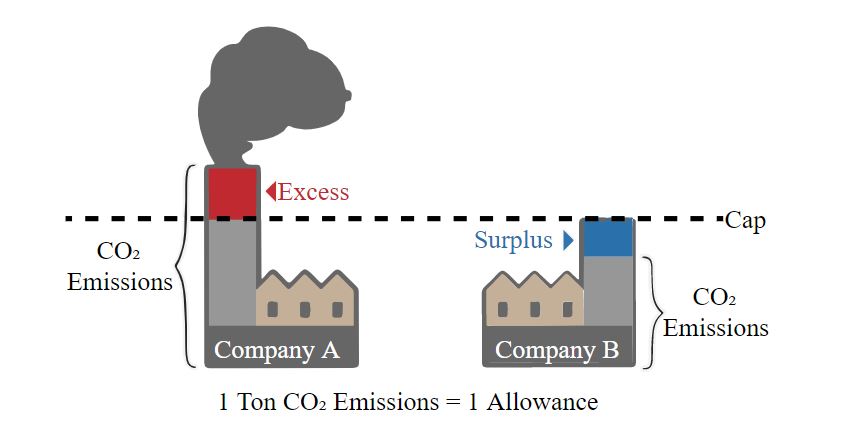When it comes to working with SF6 gas, attention to detail is important. Ignoring the details of gas safety can not only hurt you the operator, but also cause damage to the environment. In this article we’ll take a look at 5 common gas handling mistakes and how to fix them.
1. Not Documenting Amount of SF6 Gas Used
Depending on where you are at in the country, or in the world for that matter, reporting regulations can differ. Many U.S. utilities have developed their own specific paperwork that is applicable to their own record keeping. These reports are developed in accordance to the EPA’s guidelines for greenhouse gas regulations and standards. If you are in a place like Connecticut, Delaware, Maine, Maryland, Massachusetts, New Hampshire, New Jersey, New York, Rhode Island, or Vermont, than the rules RGGI apply to you.
The Regional Greenhouse Gas Initiative (RGGI) is a cooperative effort among these states to cap and reduce power sector CO2 emissions. RGGI is composed of individual CO2 Budget Trading Programs in each participating state. Through independent regulations, based on the RGGI Model Rule, each state’s CO2 Budget Trading Program limits emissions of CO2 from electric power plants, issues CO2 allowances and establishes participation in regional CO2 allowance auctions.

Another regulating body that requires reporting is the California Air Resource Board. The Regulation for Reducing Sulfur Hexafluoride (SF6) Emissions from Gas Insulated Switchgear (GIS) (Regulation) requires all regulated entities to submit an annual report to the California Air Resources Board (CARB), by June 1 (or first business day thereafter) of each year, for activities and emissions that occurred during the previous calendar year. CARB provides a nice template for SF6 gas reporting that can be used as a generic resource even for companies outside of California. The way that the gas usage is recorded is through weight in pounds or kilograms, which is why having a cylinder weight scale is important.
2. Sniffing The Gas to Check For Faulted Condition
When you’re around SF6, there should never be any sniffing of the gas to check if it is faulted or not. Back in the day, people would check to see if the gas smelled like rotten eggs, which meant there was an issue with the gas. This was before many publications came out linking the effects of faulted SF6 gas to respiratory and cardiovascular problems. In 2021, we know better. The best way to get an understanding of what is going on with the gas is to test it with a multi-gas analyzer.
Analyzers such as the SMC Rapidox 6100 are great for quickly painting a picture of the status of the gas. It’s recommended to test the gas before and after service to confirm normal operating ranges. If you smell something pungent like rotten eggs while working with SF6, its best to leave the area and return with an SF6 PPE Kit.
3. Not Checking & Fixing Leaks Before Maintenance
One of the most common issues with SF6 insulated equipment are leaks. Constantly getting a low pressure alarm is indicative of a major leak that needs to be repaired. Not only does it cost money to constantly refill equipment, it can also damage the equipment because the potential for contaminant entry increases. If searching for a leak:

We recommend using a trifecta of techniques to find SF6 leaks, including an SF6 leak detector, soapy water solution, and an SF6 thermal camera. For more info on how this is done, check out our “The 3 Methods of SF6 Leak Detection” blog post.
4. Not Heating Your Bottles Correctly
If you have ever emptied a bottle of SF6 into a piece of equipment, you’ll notice that it gets cold as time goes on. Why is that? The reason the cylinder gets cold as gas flows is due to a process known as adiabatic cooling, a property of thermodynamics. A gas, initially at high pressure, cools significantly when that pressure is released. The compression needed to turn a gas to liquid allows a large amount of gas to fit in a relatively small space, and when that gas is released to a large space, it rapidly expands to fill the space.
The evaporation of the liquid SF6 inside the cylinder results in a drop in its internal heat energy, and it absorbs a large amount of heat from the surrounding air and environment — in this case, the metal cylinder. When the liquid inside absorbs the heat from the can’s metal body, the can cools down rapidly. All this can cause the gas to move slower and slower out of the top of the bottle. That is where heating your bottles properly can come into play.
If looking for a quick way to heat a cylinder, you can crank the heater in your truck and place the cylinder inside the cab to get it warm on a cold day. Other solutions such as a hot water bath, or even a propane heater pointed at the base (at a safe distance) can suffice. For best results, we recommend the use of a thermostatically controlled cylinder blanket. These will keep your cylinder within the ideal temperature of 100-120 degrees Fahrenheit. For more info on how to use these, check out our blog post “How to Use a Cylinder Heater”.
5. Not Holding Vacuum For Long Enough
In a situation where you are evacuating SF6 equipment, pulling vacuum on the tank is important to make sure all the gas is pulled out of the tank. But you aren’t just removing SF6 gas from the breaker, you’re removing the moisture as well. The moisture takes longer to exit the breaker because as you lower the pressure and create a vacuum, the water is actually boiling inside the breaker and vaporizing so it can be pumped out. Boiling water at room temperature, either witchcraft or science…
As the video states, you’ll want to pull vacuum below 1 torr of pressure, and hold that for about 1 hour. This is a general guideline for smaller equipment, always follow the manufacturers guidelines when it comes to how long vacuum needs to be held for. Once vacuum has been held long enough, the next step in service can be started.

